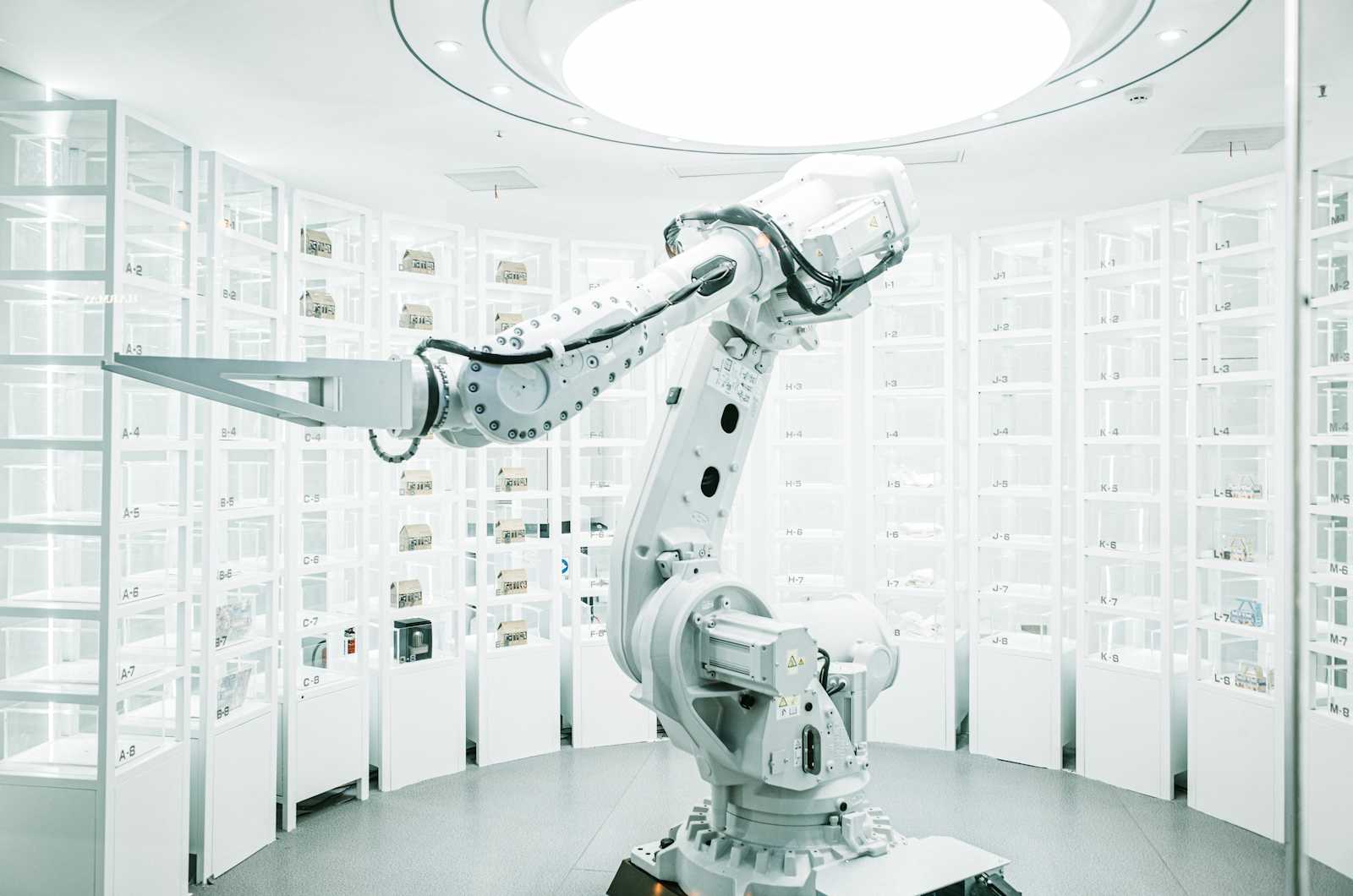Transformers and the Self-Attention Mechanism in Seq2Seq Tasks
 Sai Prasanna Maharana
Sai Prasanna Maharana
Introduction to Transformers
Transformers are a type of neural network architecture introduced by Vaswani et al. in 2017, in the seminal paper titled "Attention is All You Need." They have revolutionized the field of Natural Language Processing (NLP) by enabling models to handle sequences of data more efficiently than traditional recurrent models like RNNs and LSTMs.
Key Characteristics:
Parallel Processing: Unlike RNNs, Transformers process all elements of the input sequence simultaneously, allowing for greater computational efficiency.
Self-Attention Mechanism: Central to Transformers, enabling the model to weigh the significance of each part of the input data.
Handling Long-Range Dependencies: Effectively captures relationships between distant elements in a sequence.
Understanding the Self-Attention Mechanism
What is Self-Attention?
Self-attention, or intra-attention, is a mechanism that allows a model to focus on different parts of a single sequence to compute a representation of that sequence.
How Does Self-Attention Work?
Input Representation: Each word or element in the sequence is converted into an embedding vector.
Generating Query, Key, and Value Vectors:
Query (Q): Captures what we're searching for in the sequence.
Key (K): Represents the content at each position.
Value (V): Contains the information to be extracted.
Calculating Attention Scores:
Compute the dot product between the Query and all Keys.
Example: For word "bank", determine its relationship with surrounding words like "river" or "money".
Applying Softmax Function:
Converts scores into probabilities that sum to 1.
Highlights important words by assigning higher weights.
Computing Weighted Sum of Values:
Multiply each Value by its corresponding attention weight.
Sum them to get the final representation for the word.
Example:
Consider the sentence:
"The animal didn't cross the road because it was too tired."
The word "it" could refer to "animal" or "road".
Self-attention helps the model assign higher weight to "animal", correctly interpreting "it".
Transformers in Seq2Seq Tasks
What are Seq2Seq Tasks?
Sequence-to-Sequence (Seq2Seq) tasks involve transforming an input sequence into an output sequence. Examples include:
Machine Translation: Converting text from one language to another.
Text Summarization: Condensing a long document into a summary.
Speech Recognition: Translating audio signals into text.
Transformer Architecture
The Transformer model comprises two main components:
Encoder:
Processes the input sequence.
Consists of multiple layers with two sub-layers:
Self-Attention Layer
Feed-Forward Neural Network
Decoder:
Generates the output sequence.
Each layer includes three sub-layers:
Masked Self-Attention Layer: Prevents access to future positions.
Encoder-Decoder Attention Layer: Allows the decoder to focus on relevant encoder outputs.
Feed-Forward Neural Network
Self-Attention in Transformers
Encoder Self-Attention:
Helps understand the input sequence by focusing on relevant words.
Example: In translating "She reads a book," the encoder recognizes the relationship between "reads" and "book."
Decoder Self-Attention:
Focuses on the generated output so far.
Ensures consistency and grammatical correctness.
Encoder-Decoder Attention:
Allows the decoder to attend to specific parts of the input sequence.
Example: While generating the French word for "book," the decoder pays attention to "book" in the input.
Example of Machine Translation:
Translating "I love programming" to French.
Encoding:
Each English word is embedded and passed through the encoder.
Self-attention captures the relationships: "I" ↔ "love", "love" ↔ "programming".
Decoding:
Begins generating the French sentence.
At each step, uses encoder-decoder attention to focus on relevant English words.
Generates "J'aime la programmation" by aligning "I love" ↔ "J'aime", "programming" ↔ "programmation".
Quick Revision Notes
Transformers:
Efficiently handle sequential data using self-attention.
Outperform traditional RNNs and LSTMs in many NLP tasks.
Self-Attention Mechanism:
Enables the model to weigh the importance of different words in a sequence.
Uses Query, Key, and Value vectors to compute attention scores.
Seq2Seq Tasks with Transformers:
The encoder processes the entire input sequence simultaneously.
The decoder generates the output sequence, focusing on relevant input parts.
Self-attention ensures both local and global dependencies are captured.
Conclusion
Understanding Transformers and the self-attention mechanism is crucial for leveraging modern NLP techniques. By allowing models to focus on different parts of the input and output sequences, Transformers excel at complex Seq2Seq tasks, providing more accurate and efficient solutions.
Subscribe to my newsletter
Read articles from Sai Prasanna Maharana directly inside your inbox. Subscribe to the newsletter, and don't miss out.
Written by
